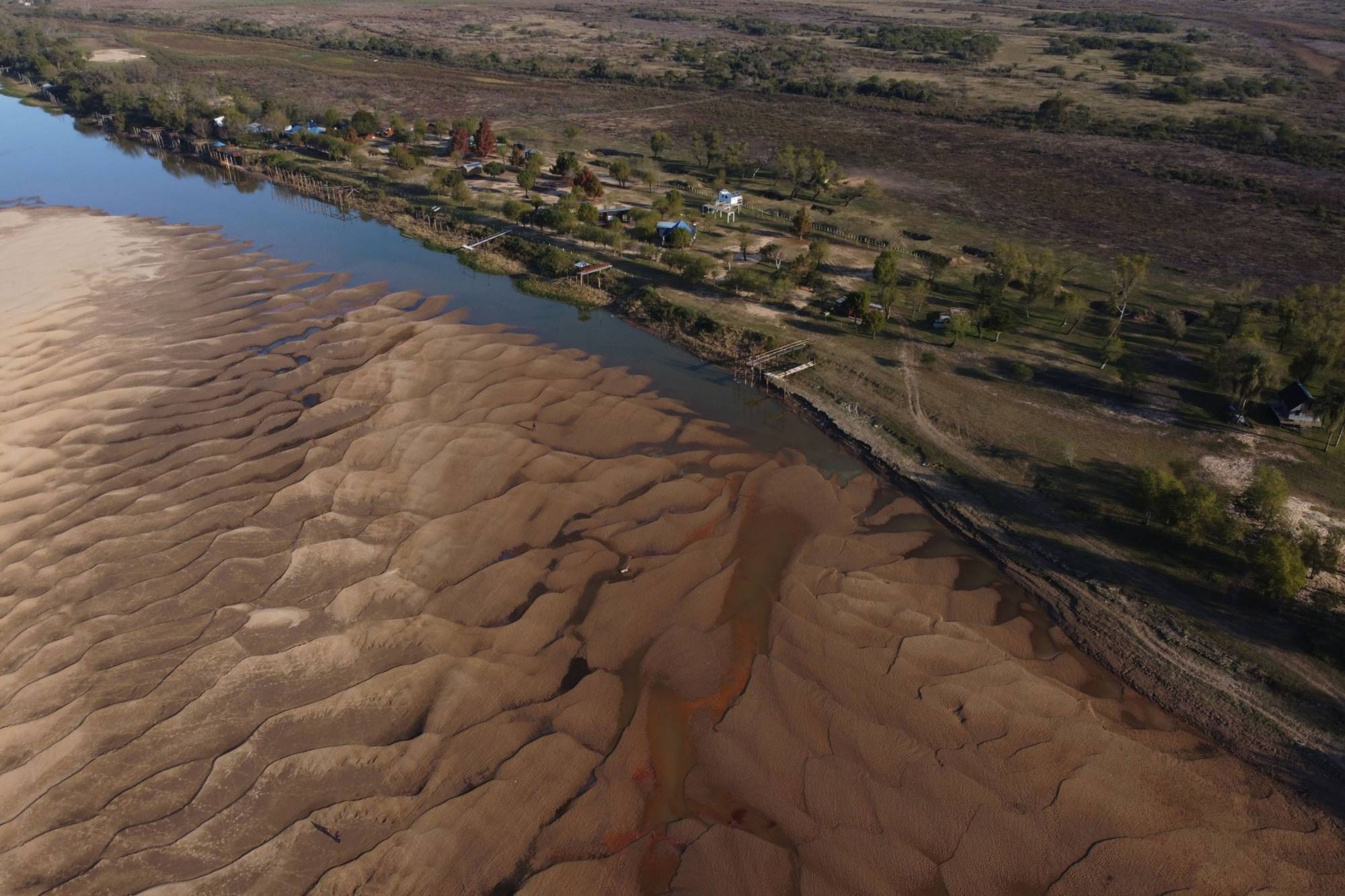Snaking its way through thousands of kilometers of South American rainforest and pampas and past sprawling soybean and corn farms, the Parana River is the main thoroughfare for Argentine commerce. Some 80% of the country’s crop exports flow through its muddy waters en route to the Atlantic Ocean.
So when the river’s levels fell to the lowest since the 1940s — the result of years of scorching drought that scientists attribute to climate change — it deepened the strains on an economy that was already struggling to recover from its pandemic collapse.
Grains traders suddenly found themselves forced to scale back how much they pile onto cargo ships, afraid to get them stuck in the river’s shallow banks, and then either add to their load once they reach deeper sea ports or contract out more vessels. Both are expensive, time-consuming options that have hamstrung an industry that pulls in more than $20 billion annually from exports.



















With your current subscription plan you can comment on stories. However, before writing your first comment, please create a display name in the Profile section of your subscriber account page.